Nature meets nurture at this Brooklyn indoor playground
We pay a visit to Children’s Playspace, an innovative indoor playground in Brooklyn courtesy of New York City-based architectural and design studio Architensions
Cameron Blaylock - Photography
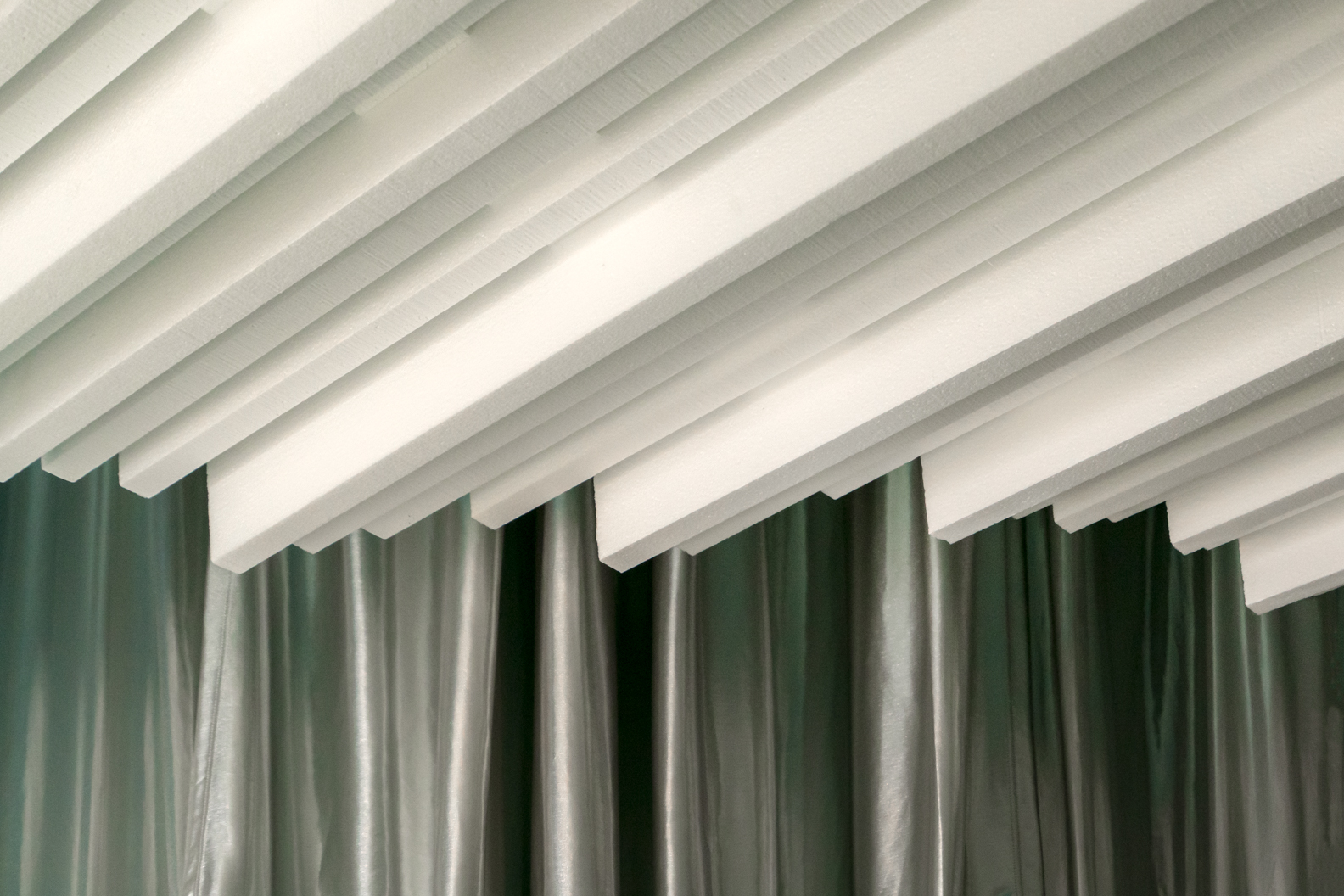
Facilitating child’s play and learning indoors continues to be a hot and murky topic in the United States these days, but an innovative, indoor playground, located in Brooklyn, New York, offers a hint of what waits on the other side, should the city’s sustained recovery from the pandemic continues to be kept under control.
Designed by the New York and Rome-based architecture practice Architensions, and completed just before the Big Apple went into lockdown, the eye-catching playspace brings together elevated design references with an understanding of children’s psychology and socialising, which reflects its proprietor’s background in childcare and yoga.
The stylish indoor environment was designed to facilitate creative, collective play for small groups of children. While its framework of wooden grids and embedded geometric shapes might seem abstract, Architensions actually looked to several aspects of the natural world in creating an interior landscape that would enhance a child’s experience.
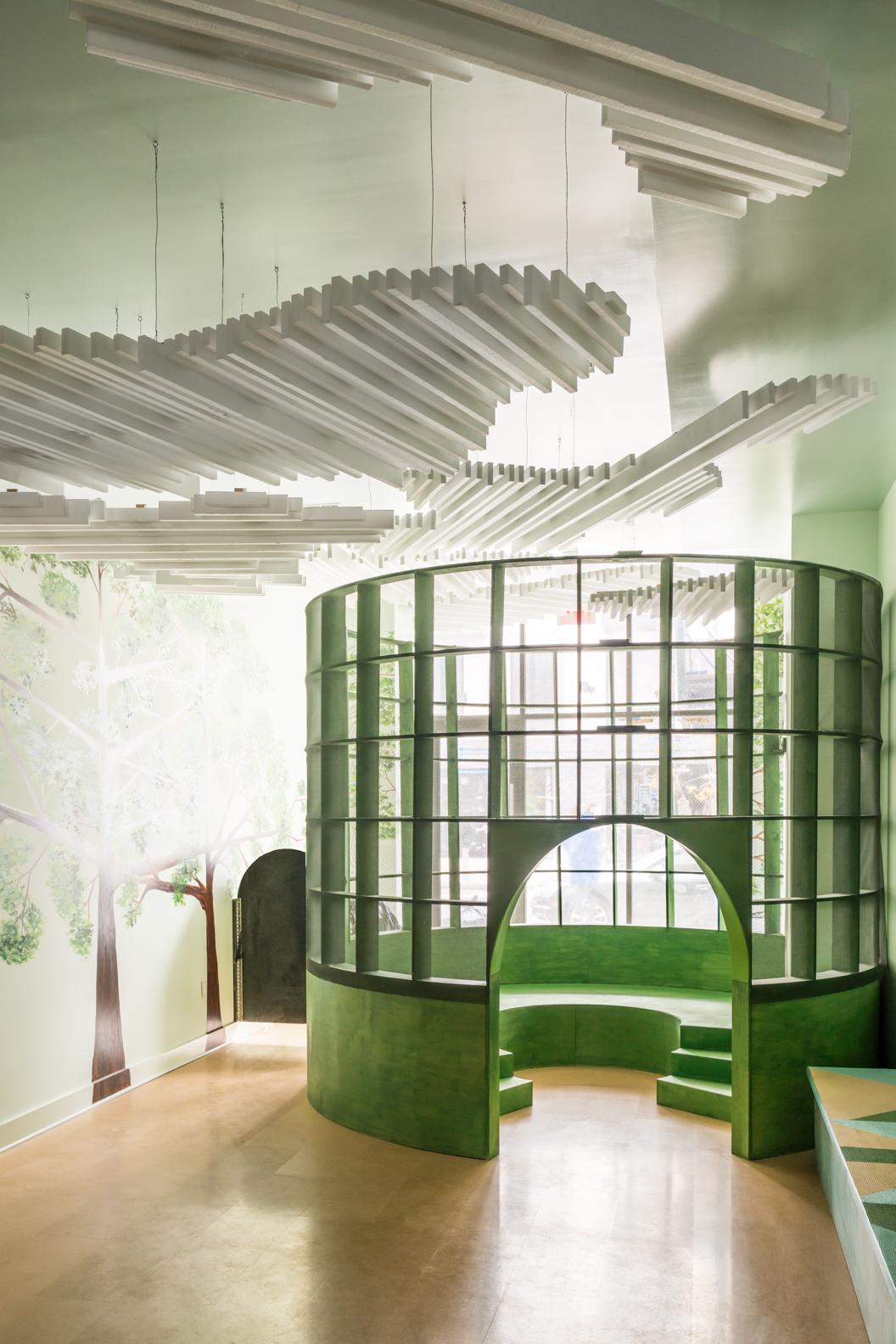
‘We wanted to create a space to promote equality for every child using the space, so we imagined a forest as that outdoor environment where playability is not standardized but can always change,’ explains the studio’s co-principal Alessandro Orsini. ‘We translated it through a series of Euclidian shapes, each acting as part of the setting to help the users' cognitive development.’
Nick Roseboro, Architensions’ fellow co-principal, adds, ‘We did not look necessarily into the conventional playground, but our reference was more related to the social aspect of play. We started to look into Aldo Van Eyck’s playgrounds in Amsterdam built after the Second World War as a series of urban rooms, but also Isamu Noguchi’s ‘Contoured Playground’ playscapes with their distinctive elements that allow the visitors to physically interact with art.’
The playground’s series of structures each creates a different sensory effect, whether it’s hiding inside a washi paper-covered form, resembling an igloo, and experiencing lighting that resembles the effect of falling snow, or climbing up into a 8-foot-tall green cylindrical ‘treehouse’ and peering out through a green mesh fabric that evokes leaves. A semicircular tunnel with geometric cut-out windows painted in bright hues rises up from the ground with shallow steps, while cloud-like forms made from slatted white foam are suspended from the ceiling above.
All materials have been chosen with the young visitors’ well-being in mind – plywood is sanded and clear stained, all painted used is non-VOC natural stain and the floor is covered in soft tan rubber, to cushion any falls. An opening date will be set in due course once social distancing measures can be effectively put into place.

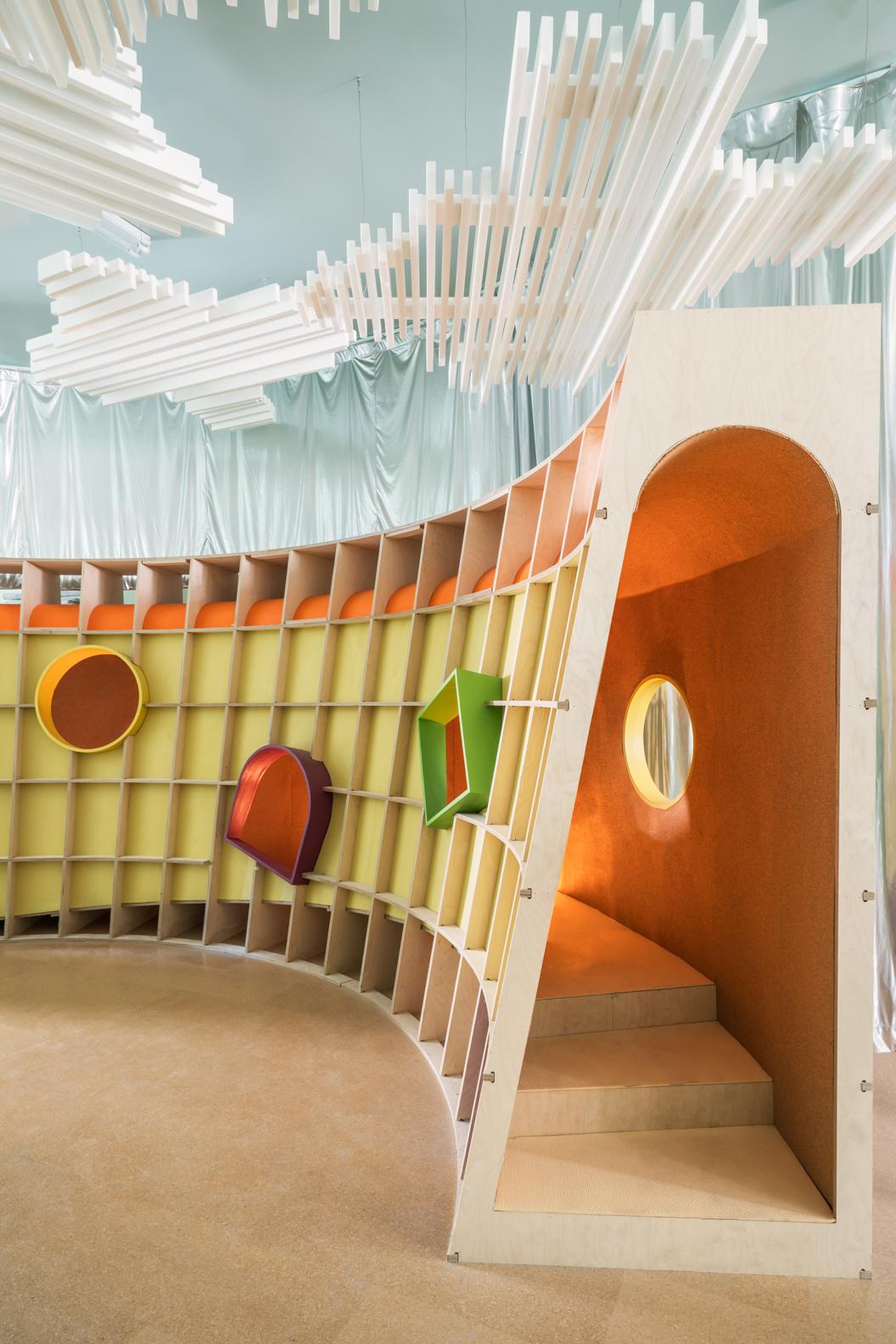
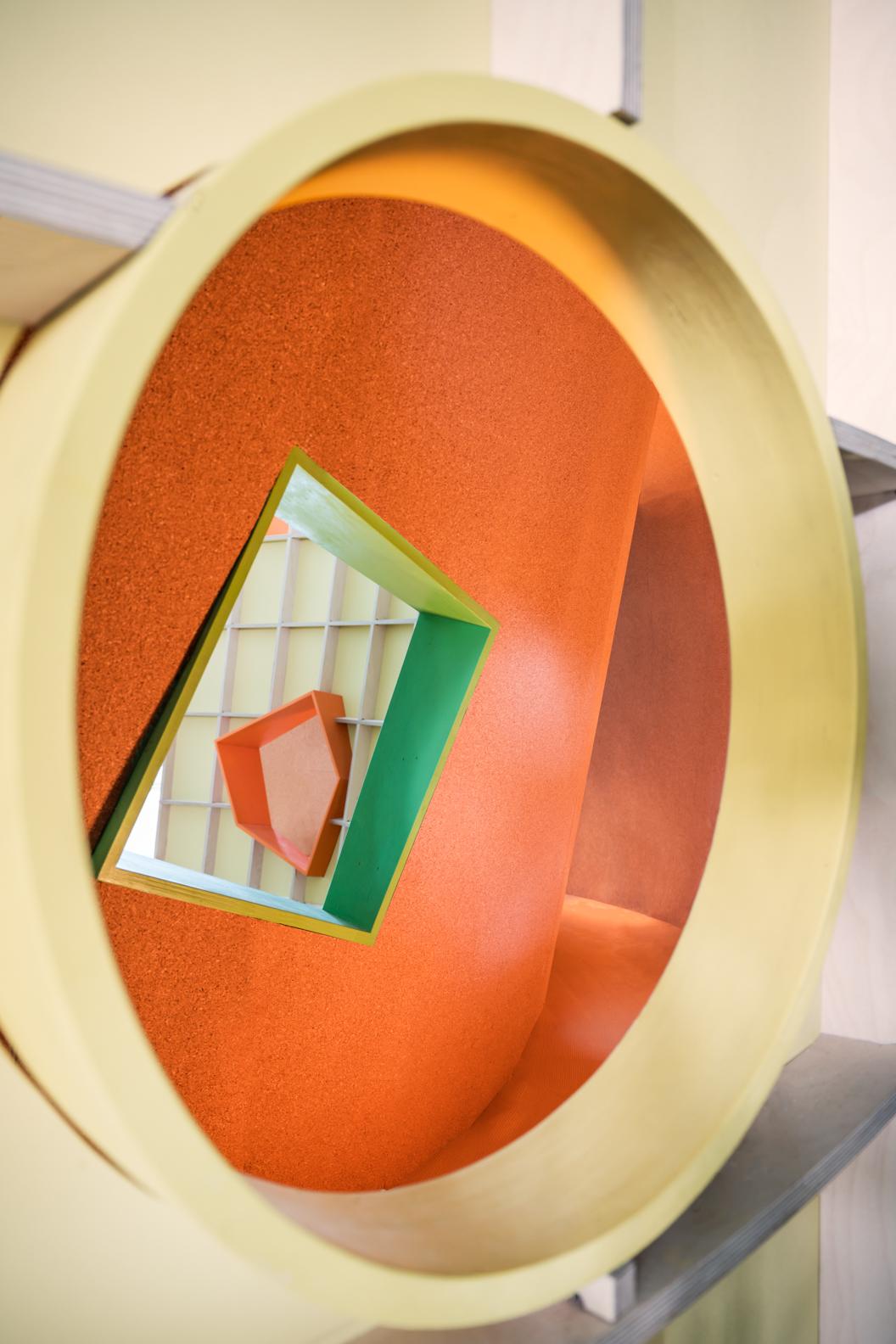

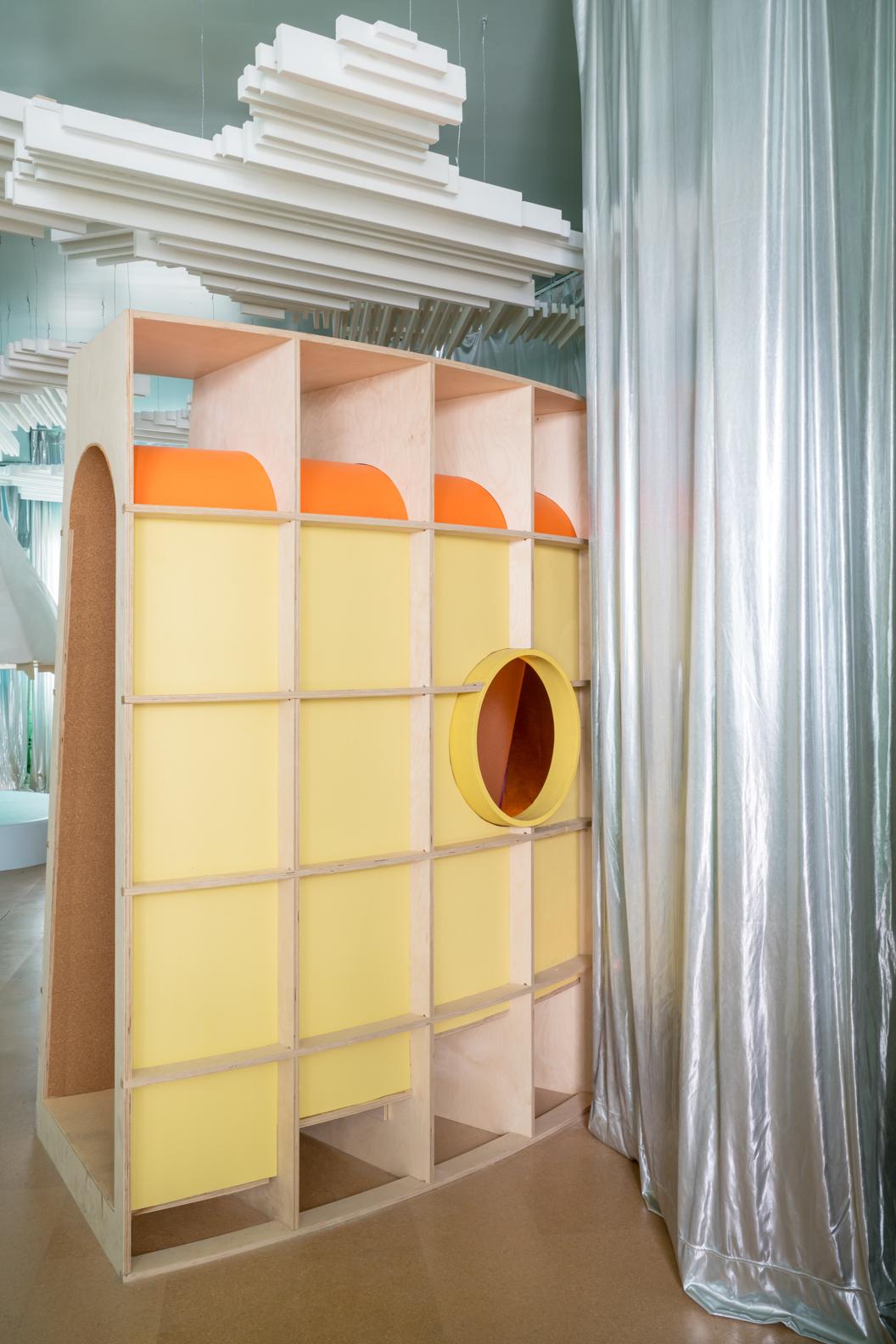

INFORMATION
Receive our daily digest of inspiration, escapism and design stories from around the world direct to your inbox.
Pei-Ru Keh is a former US Editor at Wallpaper*. Born and raised in Singapore, she has been a New Yorker since 2013. Pei-Ru held various titles at Wallpaper* between 2007 and 2023. She reports on design, tech, art, architecture, fashion, beauty and lifestyle happenings in the United States, both in print and digitally. Pei-Ru took a key role in championing diversity and representation within Wallpaper's content pillars, actively seeking out stories that reflect a wide range of perspectives. She lives in Brooklyn with her husband and two children, and is currently learning how to drive.
-
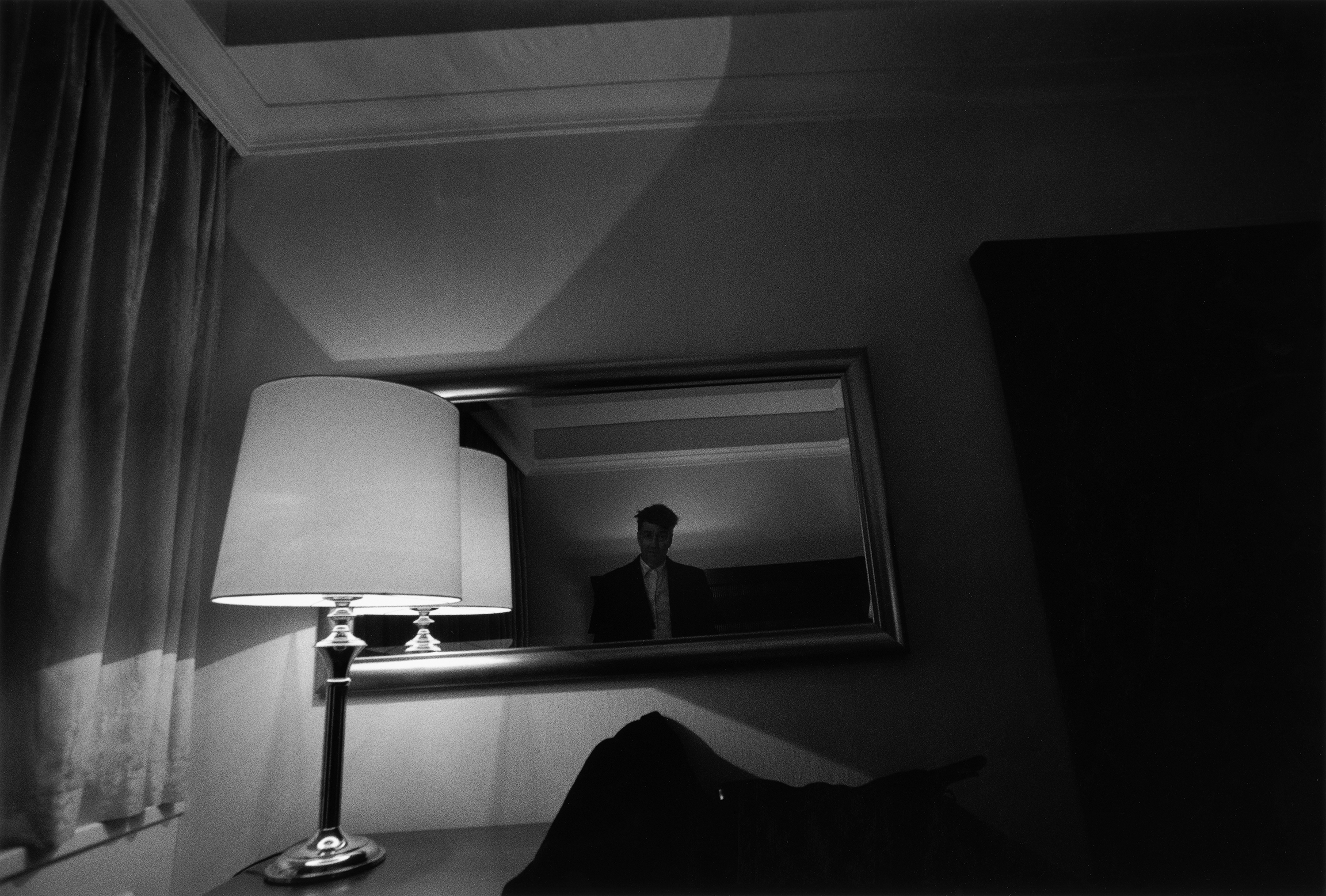 David Lynch’s photographs and sculptures are darkly alluring in Berlin
David Lynch’s photographs and sculptures are darkly alluring in BerlinThe late film director’s artistic practice is the focus of a new exhibition at Pace Gallery, Berlin (29 January – 22 March 2026)
-
 Roland and Karimoku expand their range of handcrafted Kiyola digital pianos
Roland and Karimoku expand their range of handcrafted Kiyola digital pianosThe new Roland KF-20 and KF-25 are the latest exquisitely crafted digital pianos from Roland, fusing traditional furniture-making methods with high-tech sound
-
 Fulham FC’s new Riverside Stand by Populous reshapes the match-day experience and beyond
Fulham FC’s new Riverside Stand by Populous reshapes the match-day experience and beyondPopulous has transformed Fulham FC’s image with a glamorous new stand, part of its mission to create the next generation of entertainment architecture, from London to Rome and Riyadh
-
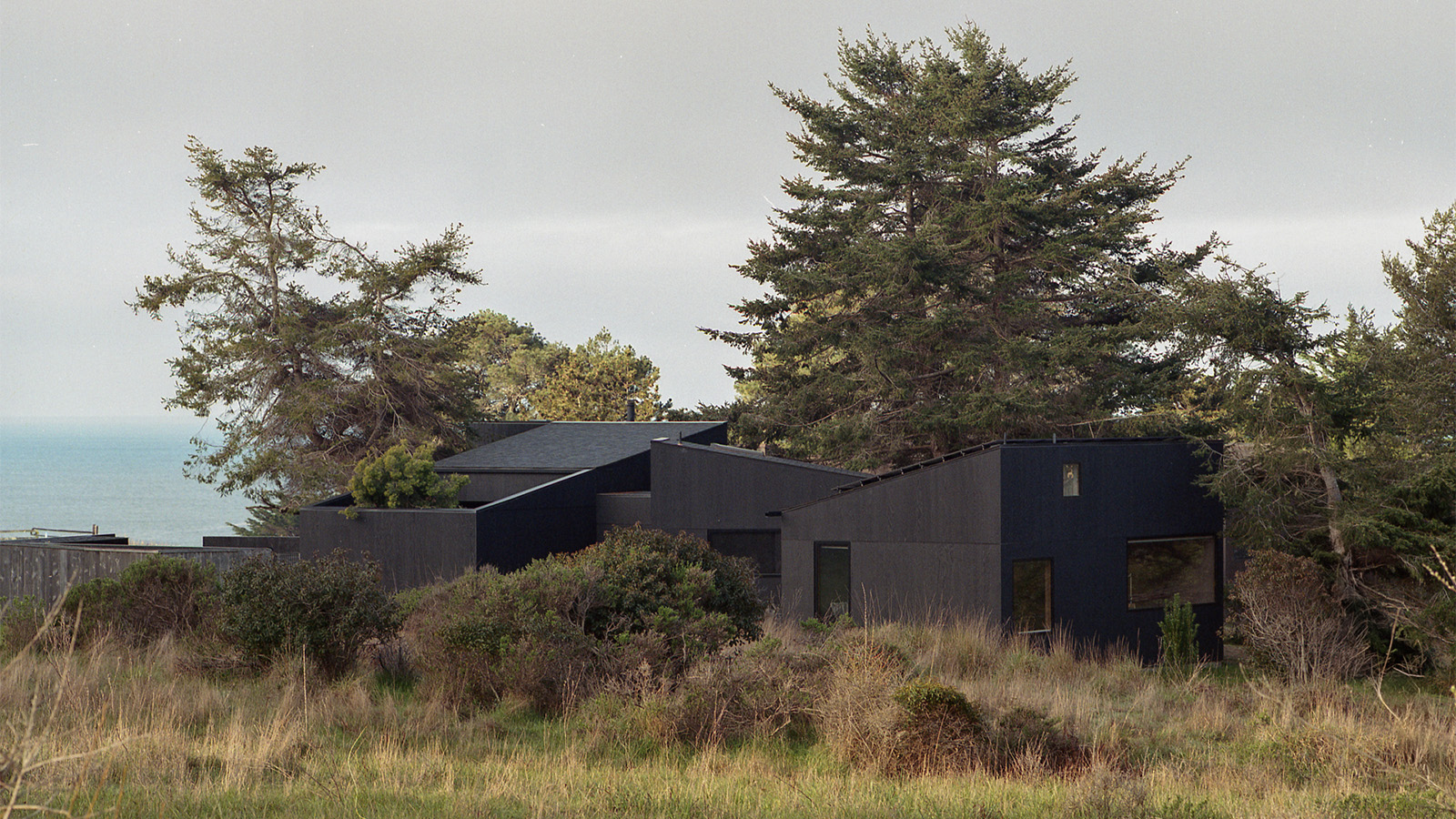 A group of friends built this California coastal home, rooted in nature and modern design
A group of friends built this California coastal home, rooted in nature and modern designNestled in the Sea Ranch community, a new coastal home, The House of Four Ecologies, is designed to be shared between friends, with each room offering expansive, intricate vistas
-
 Step inside this resilient, river-facing cabin for a life with ‘less stuff’
Step inside this resilient, river-facing cabin for a life with ‘less stuff’A tough little cabin designed by architects Wittman Estes, with a big view of the Pacific Northwest's Wenatchee River, is the perfect cosy retreat
-
 Remembering Robert A.M. Stern, an architect who discovered possibility in the past
Remembering Robert A.M. Stern, an architect who discovered possibility in the pastIt's easy to dismiss the late architect as a traditionalist. But Stern was, in fact, a design rebel whose buildings were as distinctly grand and buttoned-up as his chalk-striped suits
-
 Own an early John Lautner, perched in LA’s Echo Park hills
Own an early John Lautner, perched in LA’s Echo Park hillsThe restored and updated Jules Salkin Residence by John Lautner is a unique piece of Californian design heritage, an early private house by the Frank Lloyd Wright acolyte that points to his future iconic status
-
 The Stahl House – an icon of mid-century modernism – is for sale in Los Angeles
The Stahl House – an icon of mid-century modernism – is for sale in Los AngelesAfter 65 years in the hands of the same family, the home, also known as Case Study House #22, has been listed for $25 million
-
 Houston's Ismaili Centre is the most dazzling new building in America. Here's a look inside
Houston's Ismaili Centre is the most dazzling new building in America. Here's a look insideLondon-based architect Farshid Moussavi designed a new building open to all – and in the process, has created a gleaming new monument
-
 Frank Lloyd Wright’s Fountainhead will be opened to the public for the first time
Frank Lloyd Wright’s Fountainhead will be opened to the public for the first timeThe home, a defining example of the architect’s vision for American design, has been acquired by the Mississippi Museum of Art, which will open it to the public, giving visitors the chance to experience Frank Lloyd Wright’s genius firsthand
-
 Clad in terracotta, these new Williamsburg homes blend loft living and an organic feel
Clad in terracotta, these new Williamsburg homes blend loft living and an organic feelThe Williamsburg homes inside 103 Grand Street, designed by Brooklyn-based architects Of Possible, bring together elegant interiors and dramatic outdoor space in a slick, stacked volume